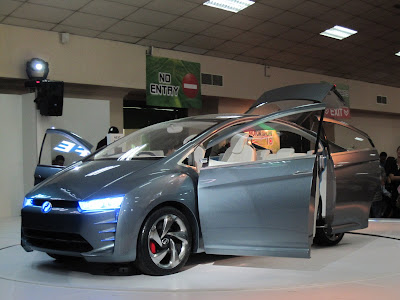
It is the end for the year 2010 which we all welcome the year of 2011, and one of the notable news in the year of 2010 in Malaysia is the number of Bus crash accident, which a numbers of victims lost their life.
And after the all the investigation, which may lead to a lot of reason like human error (blaming on driver reckless), road condition (blaming on the road design which should not have a too dangerous curve) and the latest which had come up with the statement that it may cause by the bus parts itself.
http://thestar.com.my/news/story.asp?file=/2010/12/29/nation/7697449&sec=nation
Some said the duty of the bus parts should be reduce,
http://www.thestar.com.my/news/story.asp.file=/2010/12/31/nation/20101231163821&sec=nation
In my very own personal view, though parts did cause a lot of problem on the safety of a bus, but to prevent the use of imitation parts or low quality parts actually should come up a very stringent system.
Currently local bus operator may have their own designated repair workshop, but the maintenance flow for every workshop may vary and the purchasing procedure for the parts are also difference.
What we can do is to copy the system of our neighbour Singapore, on how they carry out their maintenance in their Taxi fleet belonging to ComfortDelGro Corporation Limited, which have over 15,000 Taxi under their Company.
I am personally very impress with their professionalism on carry out the maintenance and the best part is their strict requirement when purchasing the parts.
As one particular supplier wish to supply the parts for them, not only you need to give them a good quotation, but before the parts is use widely into their Taxi, you need to give a few sample for them to test on the lifespan of the parts in their Taxi running environment as their requirement is totally difference from those on passenger car.
As such, some parts may need to custom manufacture by the factory to meet this requirement.
So why not the Government with the related Ministry to setup a centralize Bus maintenance centre and carry out the Bus maintenance in a more systematic wise.



















































